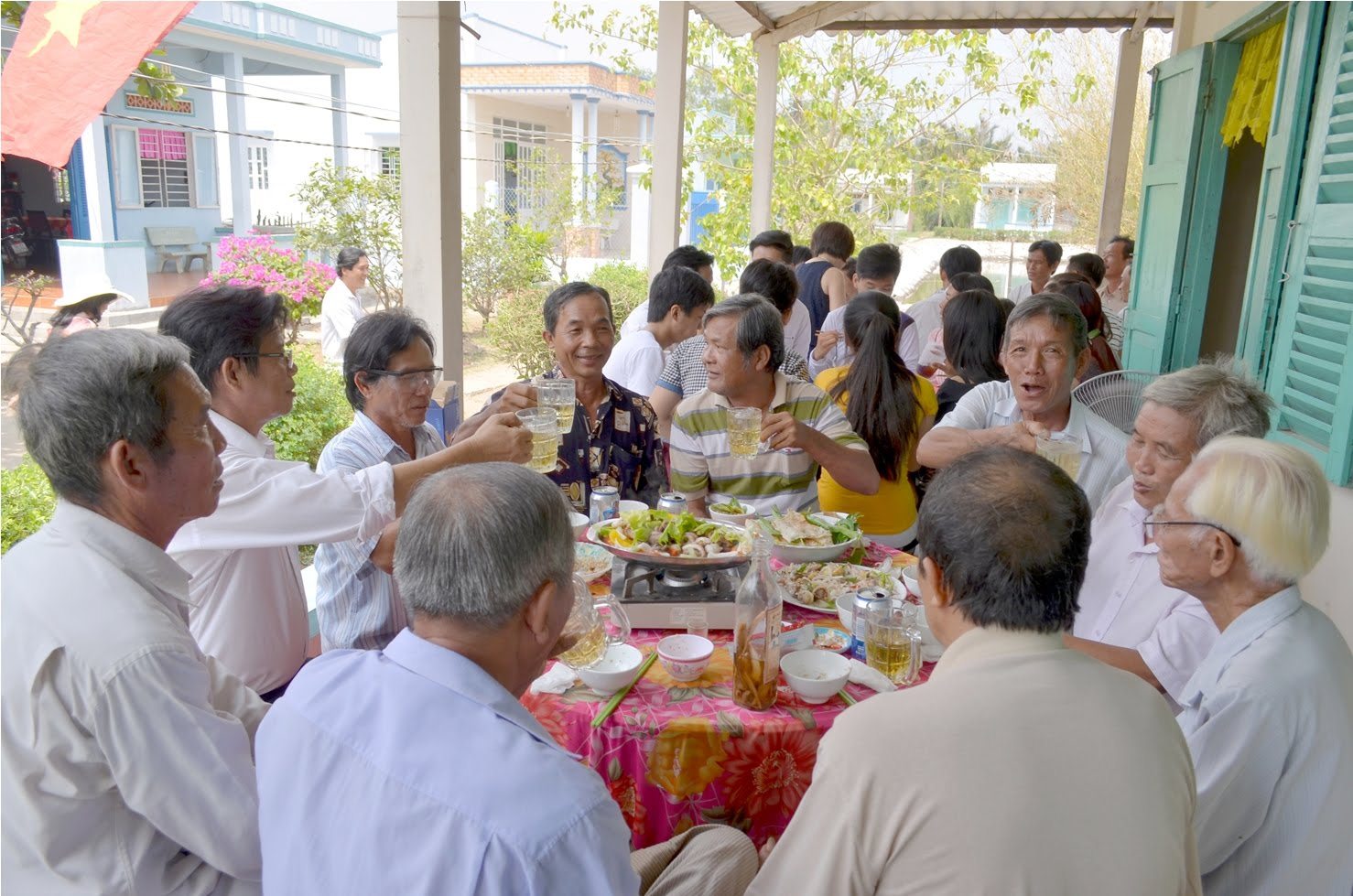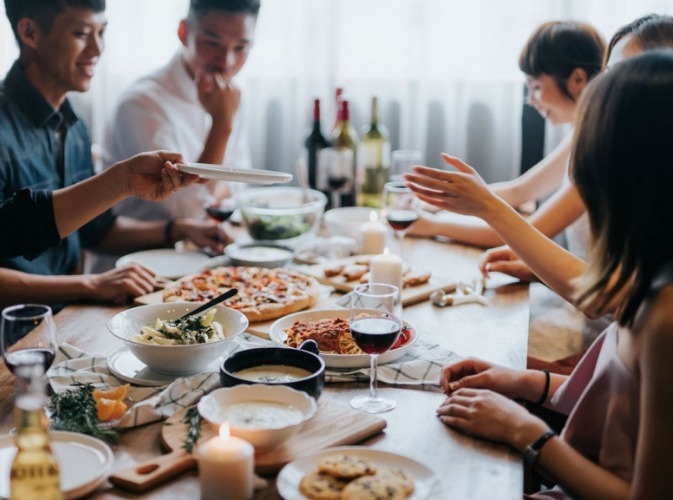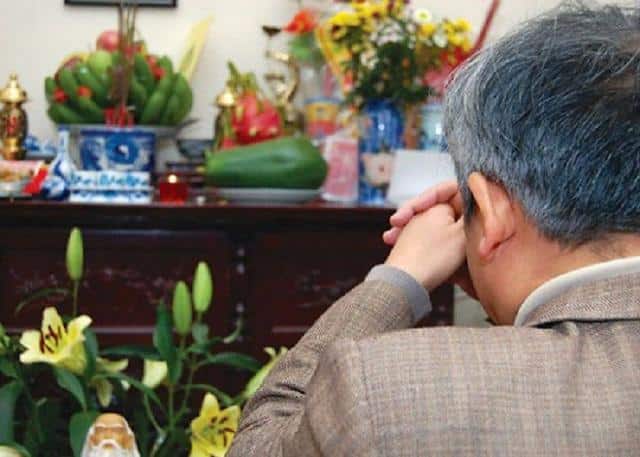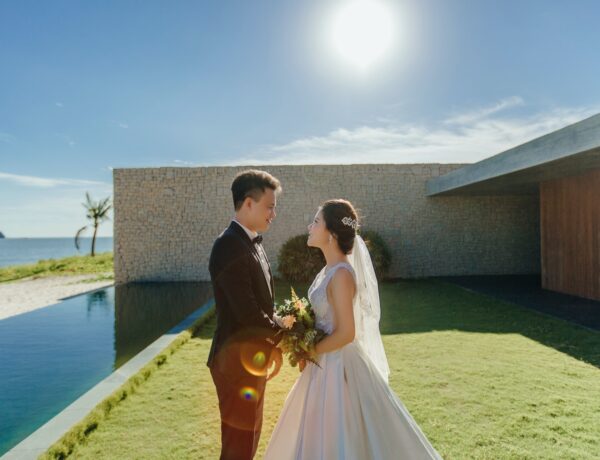Vietnamese people have an old saying about the three most important things in life: “Buying a buffalo, getting married, building a house”. A home is where the heart is, and thus, moving to a new house is a big deal. Today, we’re going to share with you everything there is to know about the preparation, rituals, and dos and don’ts.
What Is Tan Gia? (House Warming Ritual)
Tan gia is the name of a Vietnamese tradition in which a homeowner invites people over to celebrate his or her new house. To Vietnamese people, this ceremony is a form of household registration with the gods guarding the land. Besides, it is a good opportunity for family gatherings and catching up.
In modern days, the concept of house warming has expanded to both building and renting out a new house.

How Important Is the House Warming Ritual?
In Feng Shui belief, a house warming ritual does exactly what it’s meant for: to warm up the house. Vietnamese people consider a new home as “cold” for lacking warmth from human touch. By inviting close friends and relatives over, the owner brings warmth and good luck to the house.
To the Vietnamese, a safe home is where family members occupy all the rooms. And buying a house too big for the family size isn’t a good thing either. The house will be “cold” for lacking people’s warmth, hence affecting the entire family’s fortune. To counteract that, the head of the household invites many people for the housewarming party. And in the future, he/she should ask people to hang out at the house regularly.
The Traditional Way to Organize a House Warming Ritual
A traditional house warming ceremony can be different in every region, but the standard process includes as follows:
Complete the House Construction
To prepare for a housewarming ceremony, the house owner should finish important parts in the house: the kitchen area, the altar, ancestors’ tablets, and basic furniture.
More importantly, the owner should be the one bringing those to the new house. This helps to prevent bad spirits from entering the house.
Pick a Good Day to Move Into the New House
Vietnamese people believe that a good day helps things to go off without a hitch. To select a day that brings the homeowner the best of luck, he or she must consult a Feng Shui expert.
Usually, the householder should pay attention to two things. First of all, the selection process has to consider the Feng Shui principal, the homeowner’s age, and his or her year of birth. Secondly, he or she should not use only the age factor to choose the day. Yet, the homeowner may use that to select the best hour to do the ritual.
Make a Guest List
Like any important event, making a guest list prevents the owner from missing out on important people. Certainly, the different financial status in each household influences the party menu. Then, the owner should work on a menu that is within budget yet satisfies the guests.

Prepare the Offering
The homeowner needs to prepare three offerings, including one for the house, one for God of Fortune, and one for Gods of the Kitchen. Here’s a detailed breakdown of each item:
- House offering: a fruit tray, a fresh flower vase, incense, candles, three cups of rice and salt, three cups of tea, three cups of rice wine, three glasses of water, three pieces of betel, one set of Tam sên (one pork chop, three shrimps, and three duck eggs), one boiled chicken, sweet sticky rice, porridge, and confectionery.
- God of Fortune offering: a fruit plate, a fresh flower vase, incense, candles, rice wine, and pork.
- Gods of the Kitchen offering: a fruit plate, a flesh flower vase, incense, candles, rice, sticky rice, confectionery, tea, rice wine, water, and betel and areca.
The Homeowner Offers Prayers
Once the offerings are ready, the head of the household will light up three incense sticks at the altar and pray out loud. In case there’s no altar at the new house, the homeowner can stand in the middle of the living room to do this ritual.
Following this, guests offer good wishes to the owner and join him/her for the house warming party.

House Warming Present Recommendation
Guests attending a housewarming party often bring gifts as a thank you gesture. Although there are no strict rules to follow, a thoughtful gift from the guest is always appreciated.
The best present is something that is both useful for the house and of the owner’s liking. Also, the price tag should not be a judging factor in this case.
Dos and Don’ts for a Successful Housewarming Ritual
A Vietnamese house warming ceremony isn’t complete without superstition dos and don’ts. Here are some of the most common ones:
Dos
- In case the owner can’t move in yet, he or she should spend a night at the new house after the ceremony
- The owner should inform the ancestors about the ceremony completion first, followed by the rest of the family. After that, they will enjoy the offerings together for good luck
- Before starting the ritual, the owner should turn on the water kettle and light in all rooms
Don’ts
- Pregnant women or people born in the year of the Tiger should not help with the moving
- Moving into a new house should be in the morning or afternoon only
- The owner should not let strangers in the house while doing the ritual
- No one but the owner can touch the “spiritual” objects (ancestor tablets, incense pot)
- Avoid fighting, arguing, raising voice before, during, and after the ceremony
References:
- Main image: giathuecanho.com



No Comments